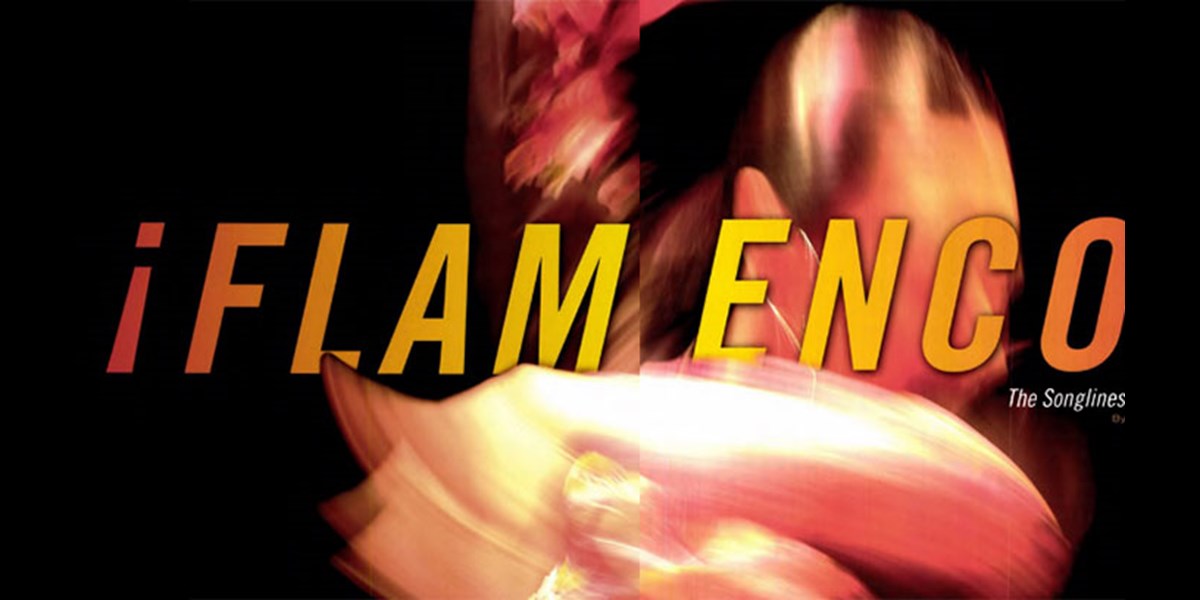Friday, February 9, 2018
The Songlines guide to Flamenco
Flamenco is a way of living. It’s about taking risks and letting yourself get carried away by what you feel in your heart, with your body. Jan Fairley offers a beginner’s guide to an Andalucían artform that has found popularity throughout the world


Register now to continue reading

Thanks for visiting the Songlines website, your guide to an extraordinary world of music and culture. Sign up for a free account now to enjoy:
- Free access to 2 subscriber-only articles and album reviews every month
- Unlimited access to our news and awards pages
- Our regular email newsletters

